A corner of Song Doc coastal town. Photo: Huynh Lam.
Song Doc Commune, Ca Mau Province is located downstream of Ong Doc River and adjacent to the Gulf of Thailand, also known as the West Sea, where the largest number of fishing boats and ships in the Mekong Delta are concentrated.
According to many historical documents, in the 18th century, Ong Doc River was called Khoa Giang. After the event in the year of Quy Mao (1783), when being chased by the Tay Son Nguyen Hue army, Nguyen Anh and his family fled to the southern land, reaching Khoa Giang gate, thanks to General Doc Huynh who risked his life to save Nguyen Anh from death. After that, Khoa Giang River was renamed Ong Doc River until now. Later, many people misread it as Doc River and that is also the name of this coastal town.
On February 10, 1955, Ong Doc River estuary became a place that marked revolutionary history, witnessed and saw off the last train carrying Southern cadres to the North, ending the resistance war against the invading French colonialists.
Ong Doc River estuary. Photo: Huynh Lam.
With the advantage of its traditional sea fishing profession, Song Doc commune has become the most bustling and vibrant seaport in the region. Song Doc's sea fishing and exploitation profession is currently among the largest in the country. The entire Song Doc commune has more than 2,000 means of fishing and exploitation, with more than 20,000 fishermen regularly entering and exiting the seaport to do business and trade. Each year, Song Doc exploits more than 100,000 tons of various types of aquatic products. Here, many fishing logistics services have been formed such as seafood processing factories for export, seafood raw material purchasing agents, ice factories, and gasoline trading establishments. In particular, traditional occupations such as building and repairing boats, weaving nets, mending nets, making dried fish, dried shrimp, dried squid, etc. have developed very strongly.
Net mending in Song Doc. Photo: Tan Diep.
With its advantages and development potential, Song Doc has become a maritime economic center, a hub for international economic exchange in the future. This is an urban area located on the axis of the Western coastal urban economic corridor, with its role affirmed as a multi-functional, comprehensive center in the West of the region, a gateway position to the national waterway corridor, connecting to the West Sea.
Whale Festival of Song Doc fishermen. Photo: Tan Diep.
In Hamlet 2, Song Doc Commune, there is Nam Hai Whale Temple (commonly known as Song Doc Whale Temple). Nam Hai Whale Temple - Song Doc was built in 1963 and was renovated and repaired in 1990. Every year, from February 14 to 16 (lunar calendar), Song Doc people organize the Nghinh Ong festival very solemnly and respectfully, attracting a large number of people from inside and outside the province to participate. This is a festival associated with the worship of Whale, demonstrating the traditional cultural characteristics of fishermen in the coastal area of Song Doc.
On July 25, 2018, the Chairman of the People's Committee of Ca Mau province signed a decision to rank Lang Ong Nam Hai - Song Doc as a provincial historical relic.
From the coastal village of Song Doc commune, tourists can visit other famous attractions such as U Minh Ha National Park, Mui Ca Mau World Biosphere Reserve, the West Coast mangrove eco-tourism route, Thi Tuong Lagoon, Hon Chuoi, Hon Da Bac, the memorial site of folk artist Nguyen Long Phi (Uncle Ba Phi) in Kenh Ngang, Lung Tram hamlet, Khanh Hung commune, Ca Mau province. This memorial site has been recognized by the People's Committee of Ca Mau province as a provincial-level historical and cultural relic.
In 2012, Song Doc commune, Ca Mau province was recognized by the Ministry of Construction as a type IV urban area.
In 2017, Song Doc commune, Ca Mau province was recognized as an island town by the Prime Minister.
Hon Chuoi seen from Ong Doc river estuary. Photo: Huynh Lam.
Song Doc fishing village is busiest on low tide days, when boats and ships from the sea dock to sell seafood, prepare fishing gear, fuel, ice, food, etc. for the next trips out to sea.
Because it is freshly caught from the sea and sold directly at the docks, the seafood here is always fresh and delicious, can be processed into many attractive dishes and is enough to attract tourists.
In the afternoon, visitors can stroll around the coastal town to watch the trains rushing in and out of the sea. More interestingly, visitors can take souvenir photos with the sunset gradually setting into the West Sea. At night, visitors can experience the coastal village at night next to the stilt houses to catch the cool breeze and listen to the murmur of the ocean.
At the end of the journey to the coastal city of Song Doc, visitors can visit seafood purchasing and processing facilities, produce dried fish, dried squid, dried shrimp and can buy some specialties of this coastal land as gifts for friends and relatives.
If departing from the center of Ca Mau, visitors can go by private car, bus or speedboat for about more than an hour to get there.
Source: https://www.camau.gov.vn/diem-den/lang-bien-song-doc-254285



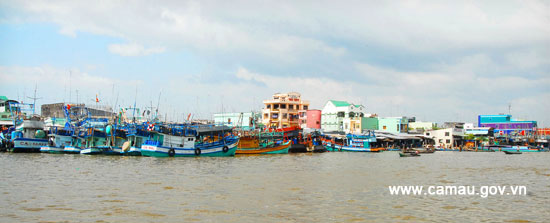
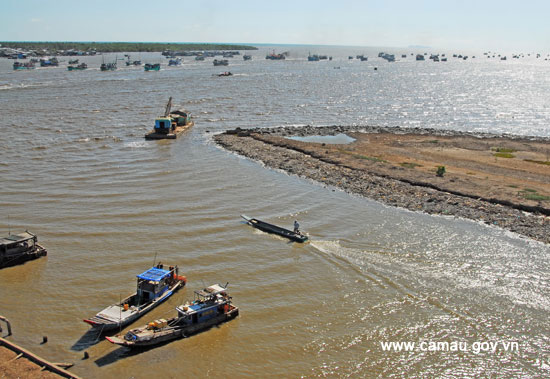
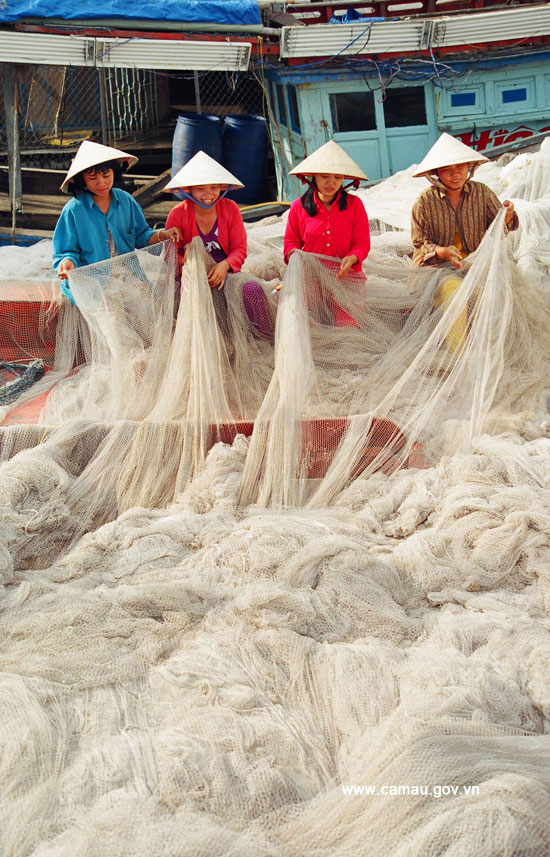

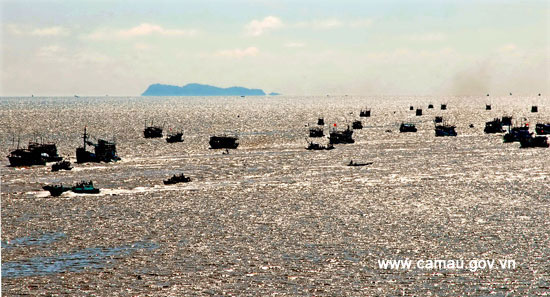
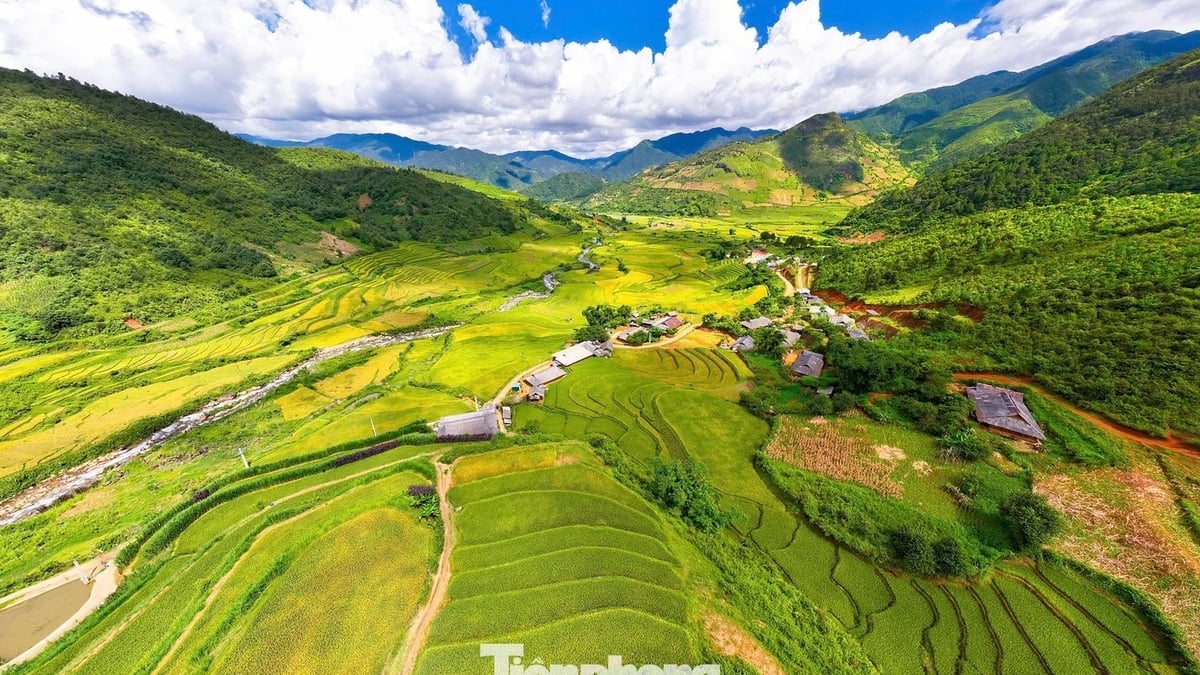
![[Photo] Prime Minister Pham Minh Chinh chairs the meeting of the Government Party Committee Standing Committee](https://vphoto.vietnam.vn/thumb/1200x675/vietnam/resource/IMAGE/2025/8/23/8e94aa3d26424d1ab1528c3e4bbacc45)
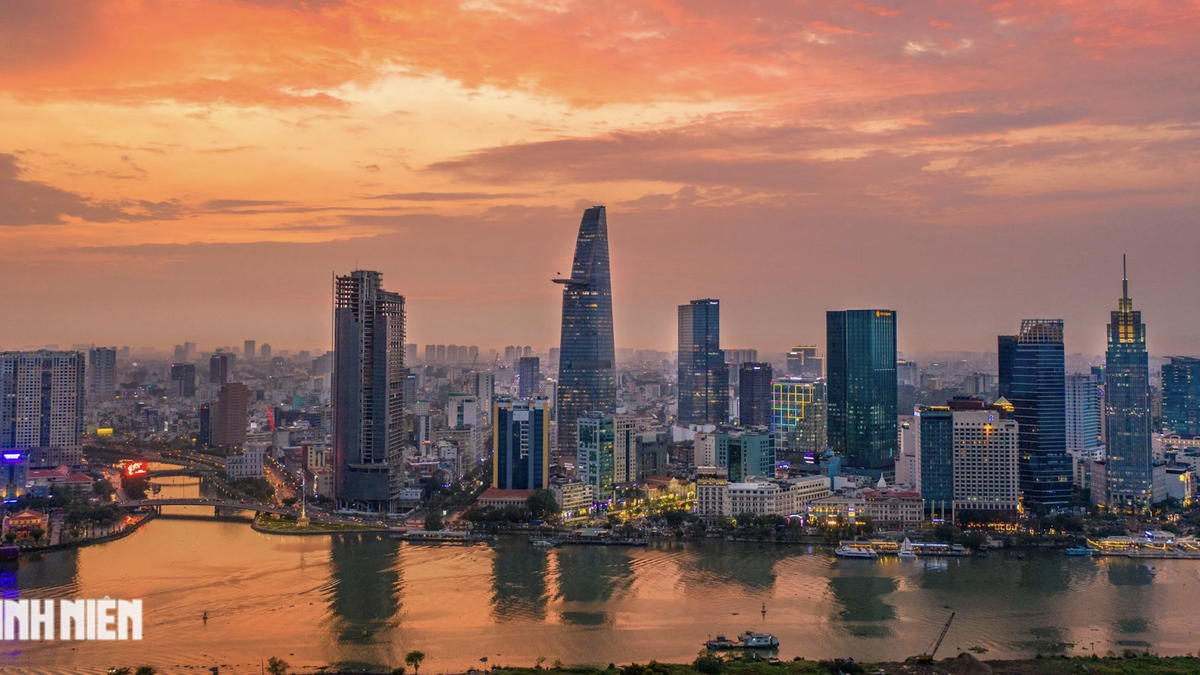


![[Photo] General Secretary To Lam attends the 80th Anniversary of the Cultural Sector's Traditional Day](https://vphoto.vietnam.vn/thumb/1200x675/vietnam/resource/IMAGE/2025/8/23/7a88e6b58502490aa153adf8f0eec2b2)
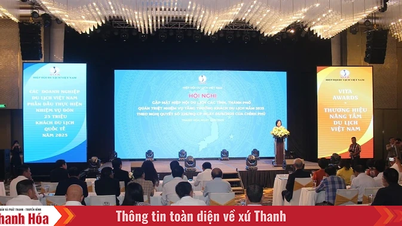

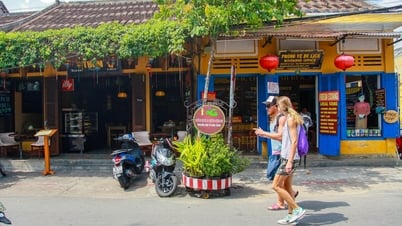

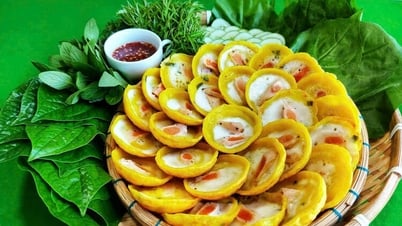

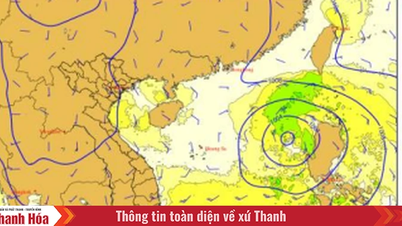
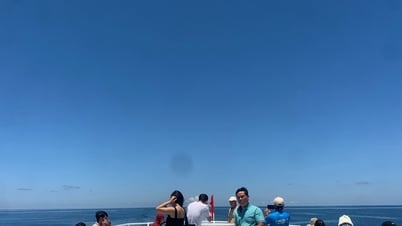











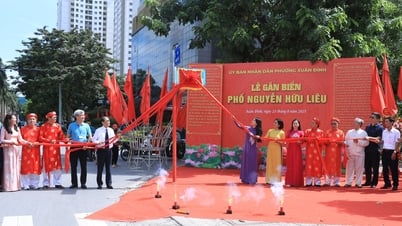
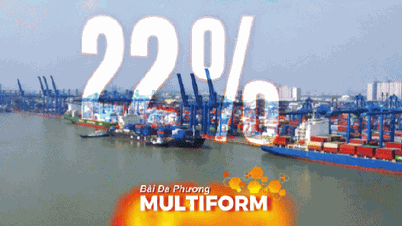
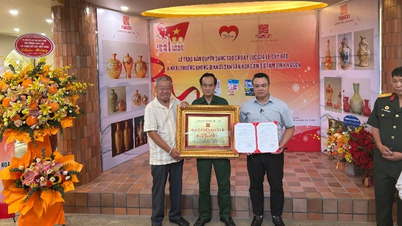

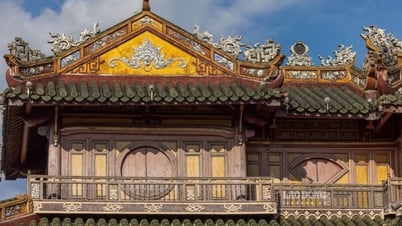

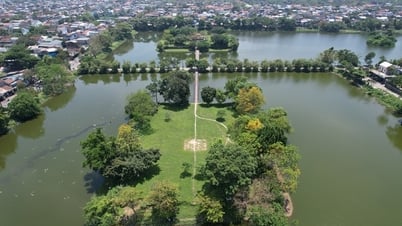

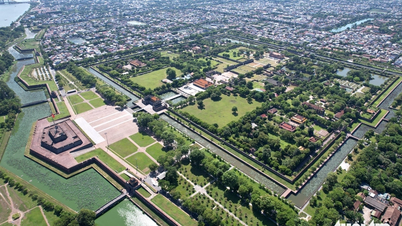
























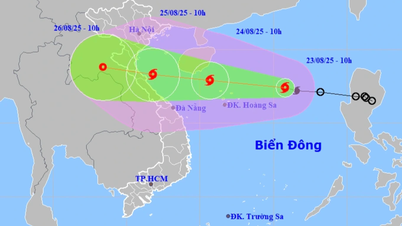


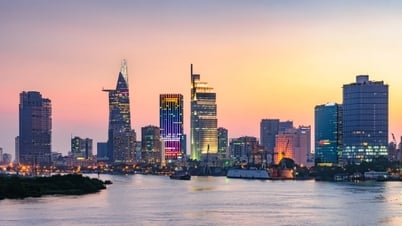

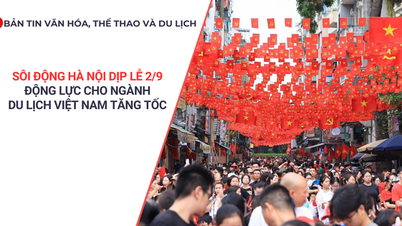





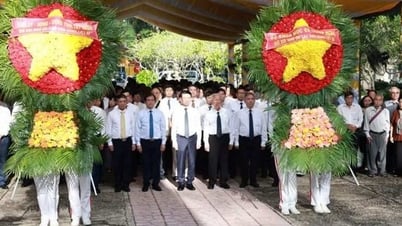






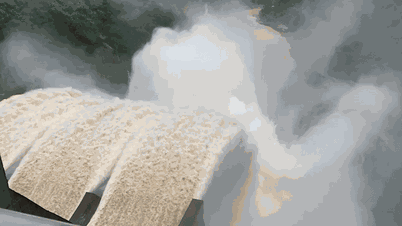



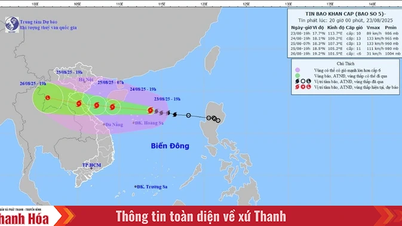


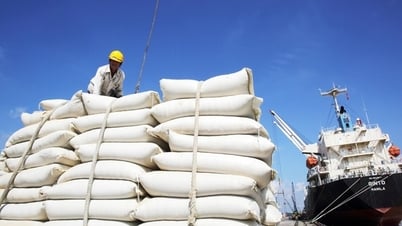


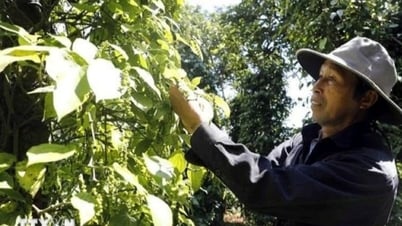






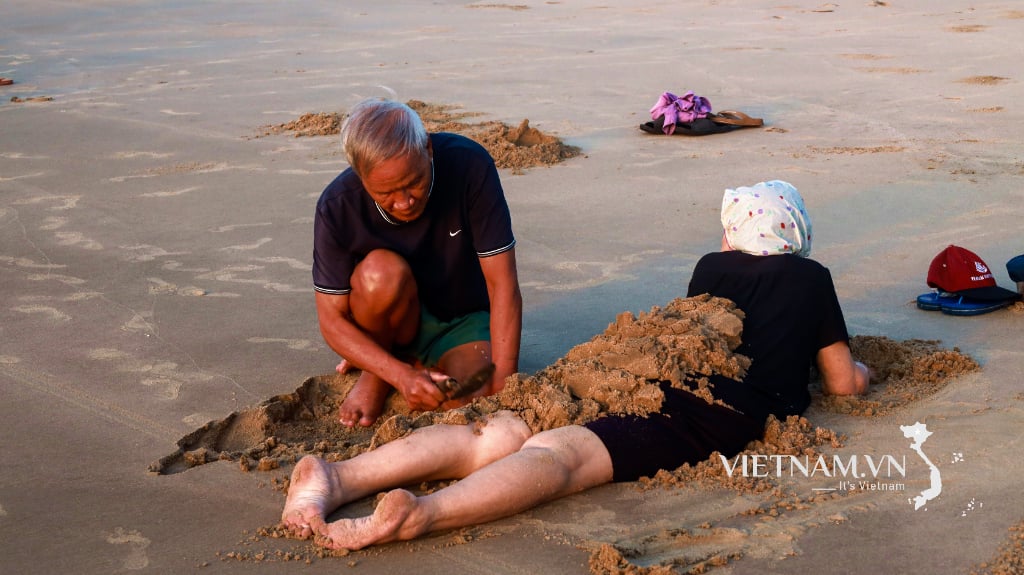

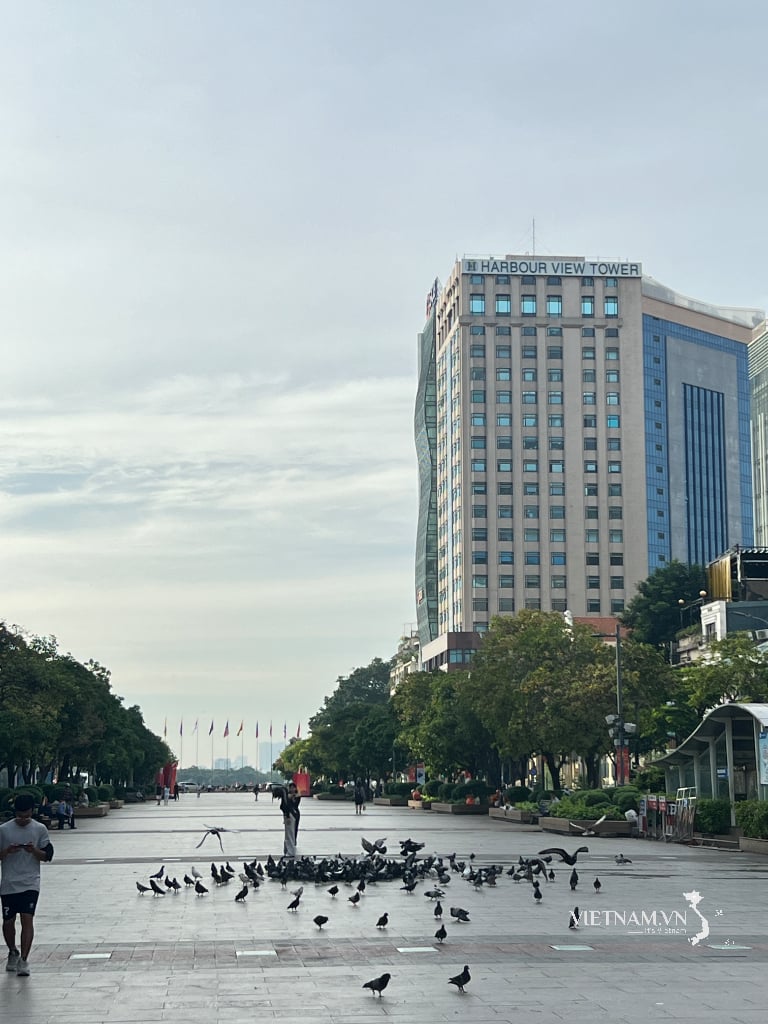

Comment (0)